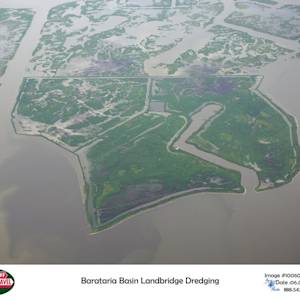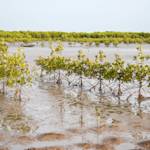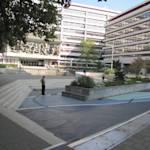World's largest mangrove restoration area in Senegal
2000 CE • Senegal
"Many of Senegal’s largest rivers are flanked by corridors of green and interlaced with networks of sinuous creeks and streams. These lush green areas are havens for mangroves . . . Senegal’s mangroves have experienced significant regeneration and expansion since 2000, according to a satellite-based analysis by NASA scientists . . . Over the 16-year period, the scientists measured an expansion totaling 48 square kilometers (19 square miles), or 2 percent. They observed regeneration across 148 square kilometers (57 square miles), an increase of 6 percent . . . . A prolonged and damaging drought in the 1970s and 1980s killed many of Senegal’s mangroves; the water became too salty when the freshwater flow from rivers dwindled. The easing of that drought allowed mangroves to recolonize many areas . . . Senegal has established parks and used other conservation measures to protect some mangroves from being damaged or cleared. Several non-governmental organizations and environmental groups also launched mangrove-planting projects. The Saloum and Casamance deltas, in particular, have been a focus of “blue carbon” restoration efforts, with one organization reporting that it planted more than 79 million trees in the two deltas." This mangrove restoration initiative is considered the largest mangrove restoration area in the world.
"The Spread of Mangroves in Senegal," NASA Earth Observatory, March 21, 2018.
Image: jbdodane via Flickr, Attribution-NonCommercial 2.0 Generic (CC BY-NC 2.0)


Learn about Maya Lin’s fifth and final memorial: a multi-platform science based artwork that presents an ecological history of our world - past, present, and future.

Discover ecological histories and stories of former abundance, loss, and recovery on the map of memory.

Learn how we can reduce our emissions and protect and restore species and habitats – around the world.

See how art can help us rethink the problems we face, and give us hope that each one of us can make a difference.

Help make a global memorial something personal and close to home. Share your stories of the natural world.


